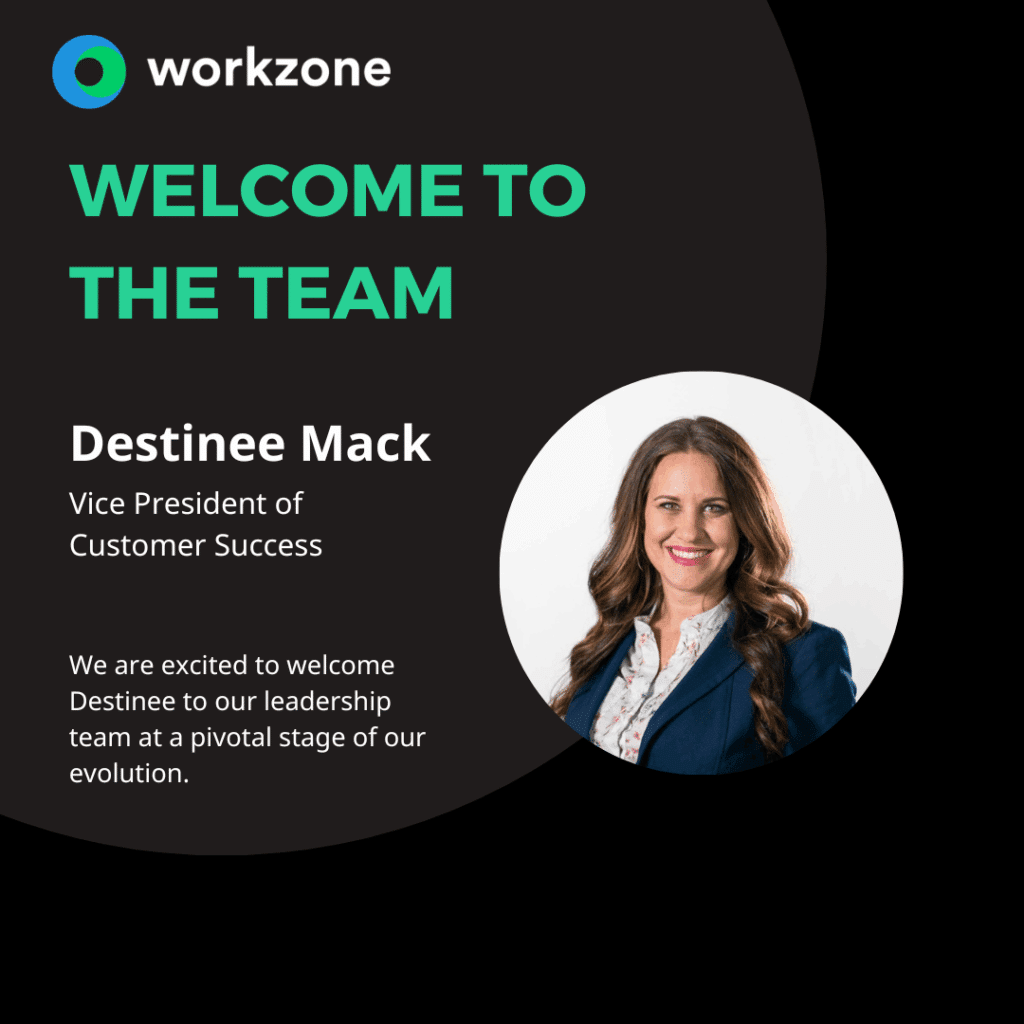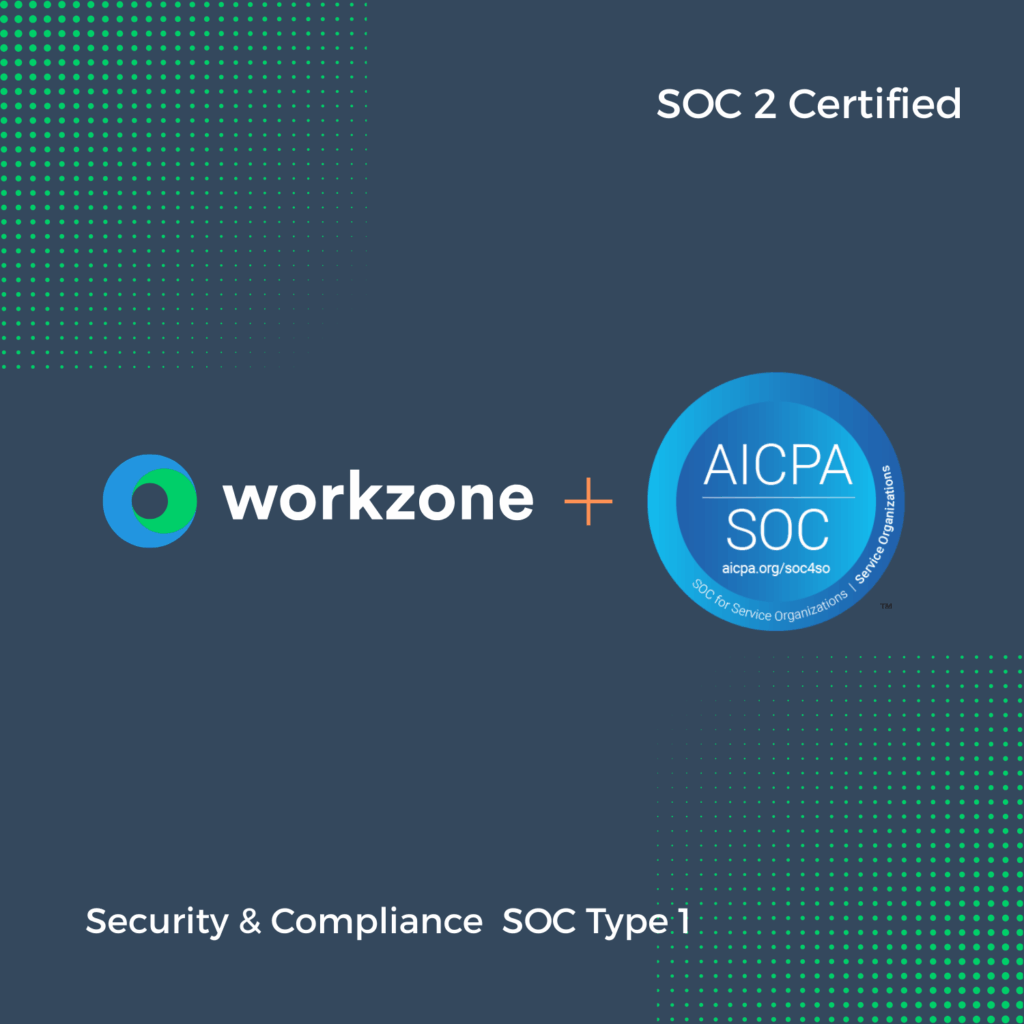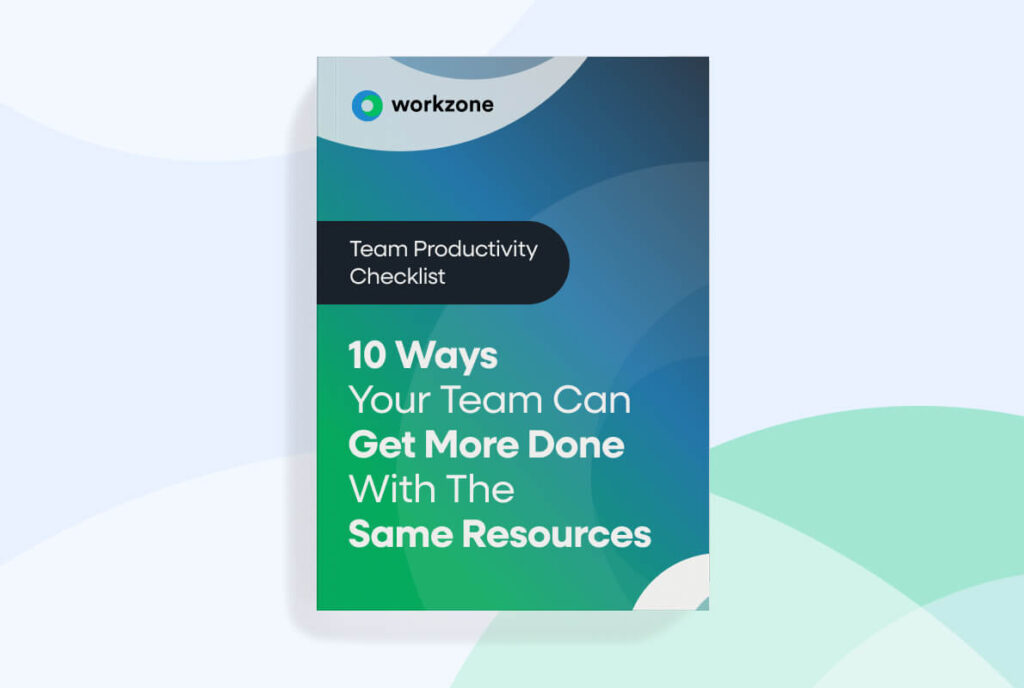Workzone Resources
Real-world resources for teams who hate wasting time.
Success Stories
Real teams. Real results. See how top companies use Workzone to stay organized, crush deadlines, and collaborate like pros—without the chaos.
Blog
Real talk on productivity, collaboration, and doing better work.
eBooks
Steal these ideas. Seriously, we want you to.
Find Out how much you’ll save with Workzone
This calculator is intended to help you determine if a tool makes sense for your organization by estimating the potential return on investment for using Workzone project management software
Project Management Software Built For Scale
Workzone grows with you—whether you're managing five projects or five hundred. With powerful features and flexible workflows, it’s built to keep your team organized, aligned, and moving fast as you scale.














